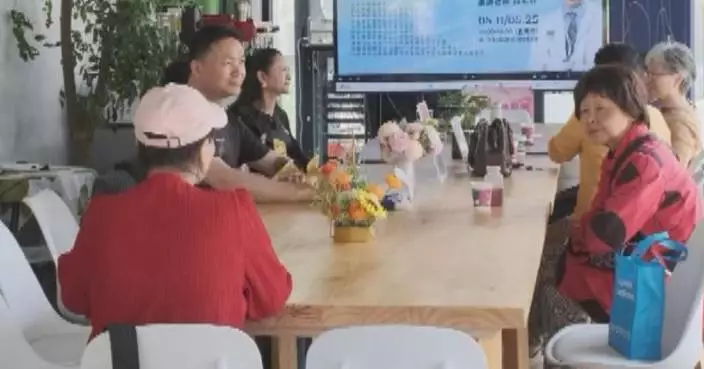The United Nations Educational, Scientific and Cultural Organization (UNESCO) on Wednesday inscribed Spring Festival, social practices of the Chinese people in celebration of the traditional new year, on the Representative List of the Intangible Cultural Heritage of Humanity.
The decision was made during the 19th session of the Intergovernmental Committee for the Safeguarding of the Intangible Cultural Heritage, taking place in Paraguay from Dec. 2 to 7. The committee recognized the festival for its wide array of rituals and unique cultural elements that engage all of Chinese society.
UNESCO highlighted that the Spring Festival, marking the start of the traditional Chinese Lunar New Year, involves various social practices, including prayers for good fortune and family reunions. It also features activities planned by elders and festive public events organized by communities.
According to UNESCO's documentation, the traditional knowledge and customs associated with the Spring Festival are passed down informally within families and communities, as well as formally through the education system. Craftsmanship and artistic skills related to the festival are transmitted through apprenticeships, promoting family values, social cohesion, and peace, while providing a sense of cultural identity.
With this addition, China now has 44 cultural elements or practices recognized by UNESCO as Intangible Cultural Heritage of Humanity.
Spring Festival, also known as the Chinese New Year, falls on the first day of the first month in the lunar calendar and has been China's most important festival for centuries, bringing families together over many generations.
It is still an annual highlight, with people carrying on the tradition of hanging red lanterns, setting off fireworks and fixing red scrolls with rhyming phrases on their doors, hoping this will ward off evil spirits and bring good luck.

UNESCO inscribes Spring Festival on intangible cultural heritage list


















































